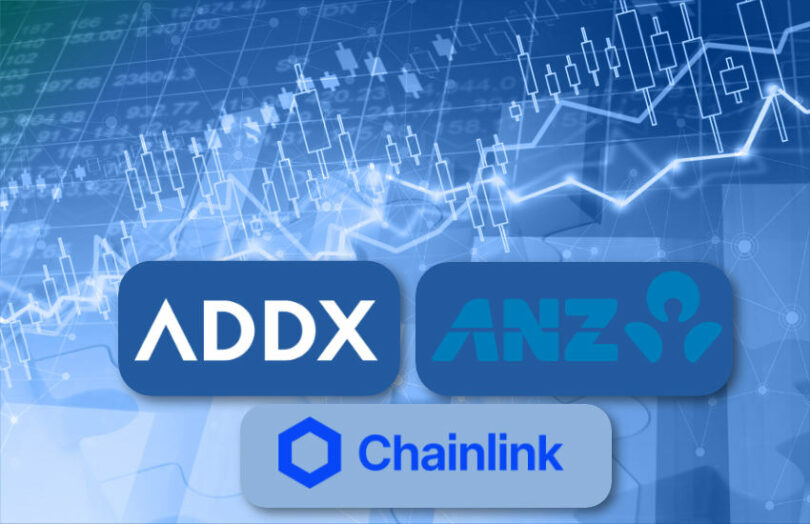ADDX, the Singapore investment platform, has partnered with Australia’s ANZ bank and Chainlink in a cross border use case as part of Singapore’s Project Guardian tokenization experiments.
In the trial, a tokenized commercial paper security is purchased from the ADDX platform by an Australian client of ANZ bank. Both ADDX and ANZ Digital Asset Services use separate private permissioned blockchains. Hence, the interoperability for the transaction settlement is enabled via Chainlink’s Cross-Chain Interoperability Protocol (CCIP).
However, CCIP operates on a public network, and the transaction details need to be kept private for compliance purposes. Hence, it uses CCIP’s private transactions, a new Chainlink offering that keeps several aspects confidential, including amounts, counterparty details and the settlement instructions.
The group chose commercial paper as the financial instrument because it was possible to purchase and redeem it in a relatively short timeframe for the Project Guardian trial.
“We’re thrilled to work with ANZ and Chainlink on this use case under the MAS’ Project Guardian to streamline issuance, subscription, and redemption processes. The pilot aims to enhance operational efficiency, accelerate settlement times, and improve cross-border capabilities,” said Inmoo Hwang, Co-Founder and Group CFO at ADDX. “This use case showcases the utility of tokenized financial assets within a regulated environment.”
Too many blockchains?
While there’s no question that there will be a multi-blockchain future, the current proliferation of private blockchains is sub optimal and undermines some of the efficiencies that the technology promises. Those efficiencies in part come from replacing the spaghetti of APIs between many standalone platforms, which all have to be maintained.
Hence, there is also a movement to explore unified ledgers such as the Monetary Authority of Singapore’s (MAS) global layer one network (GL1), where institutions issue, trade and settle on the same network. CCIP provides useful functionality for blockchain interoperability, but fewer blockchains will yield greater efficiencies.






